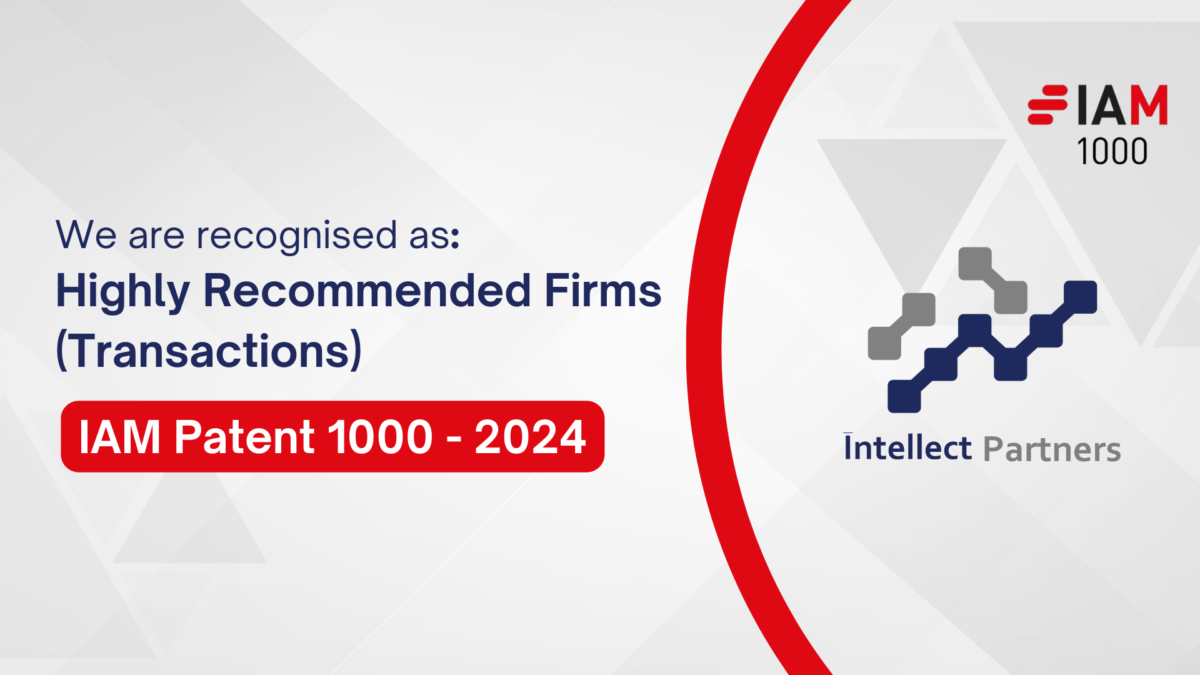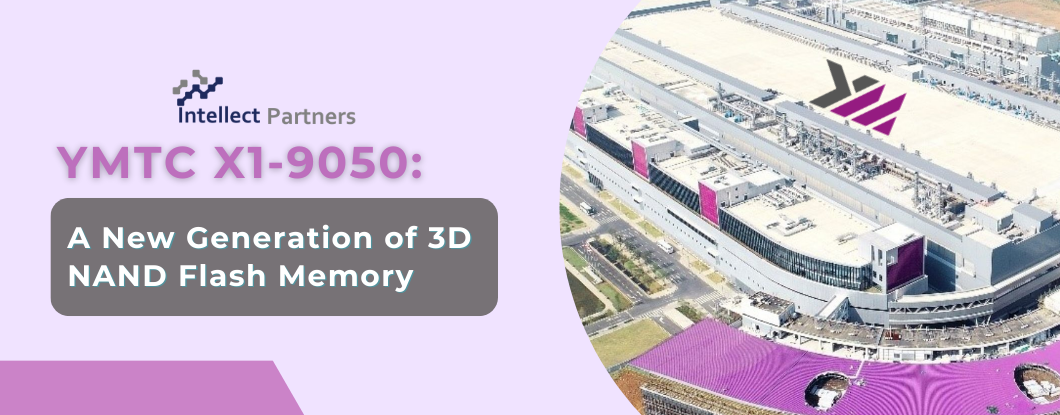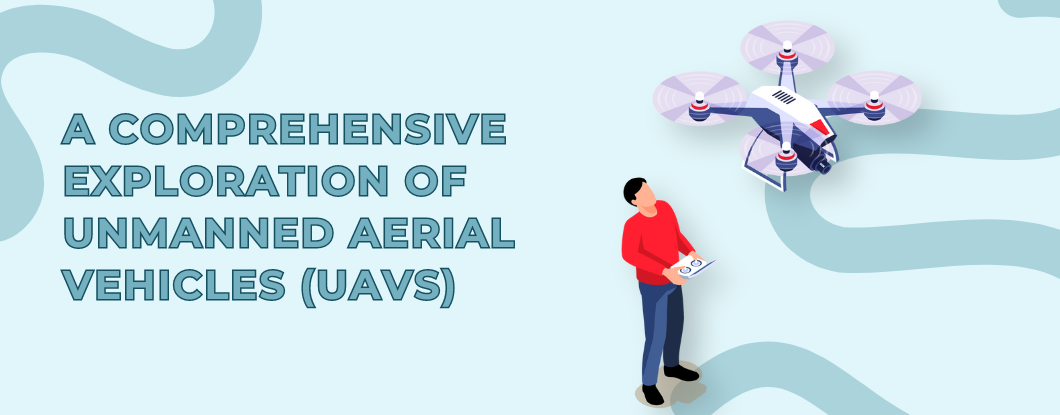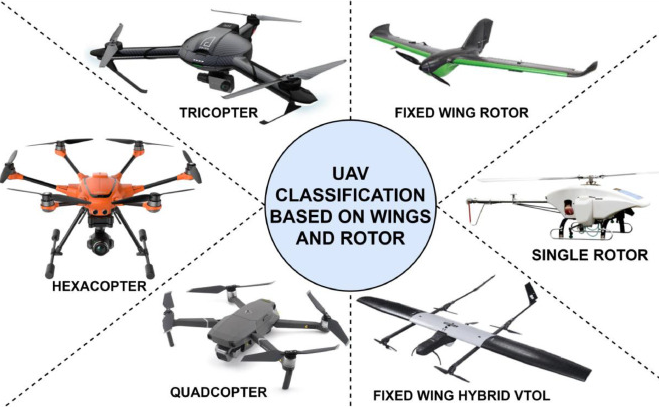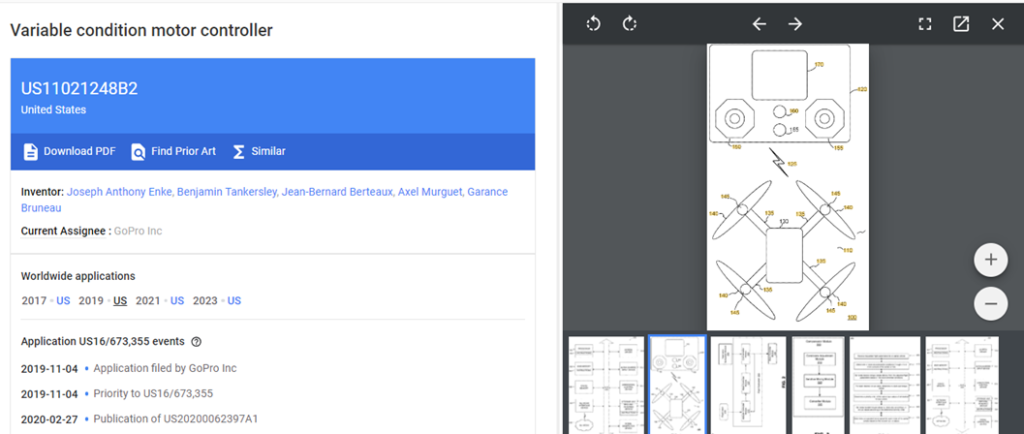Intellect Partners Consulting, a leading provider of comprehensive patent solutions, is proud to announce its recent recognition in the esteemed IAM Patent 1000 as a “Highly-recommended Firm” in transactions. This achievement underscores our unwavering commitment to excellence and innovation in the realm of intellectual property.
The inclusion in IAM Patent 1000, renowned for its rigorous evaluation process, reflects our dedication to delivering top-tier services in licensing, monetization, and contentious patent matters. Abhay Dangayach, Associate Director- IP R&D Solutions at Intellect Partners, expressed his excitement, stating, “We are thrilled to be recognized by IAM. This acknowledgment is a testament to the dedication and expertise of our entire team, validating our commitment to providing innovative and effective solutions.”
Client Testimonials Highlight Intellect Partners’ Strengths
IAM Patent 1000 also spotlights the positive experiences of our clients:
- “Rahul Thukral offers a compelling blend of strong business sense and technical proficiency.”
- “Intellect Partners consistently delivers quality work, hits deadlines, and communicates effectively.”
- “The team provides comprehensive services across various technologies, including company/product research and patent portfolio analysis.”
A Technologically Savvy Team Delivering Exceptional Service
With a team of 40+ experienced patent experts and state-of-the-art laboratories, Intellect Partners offers a wide range of services, from reverse engineering and in-house testing to patent analysis and claim chart development. Our multidimensional approach ensures that clients receive tailored solutions to meet their patent objectives efficiently and effectively.
Experience the Advantage with Intellect Partners
At Intellect Partners, we distinguish ourselves through our comprehensive approach to patent services. With a collaborative team of 40+ patent agents & engineers, supported by cutting-edge laboratories, we offer unparalleled expertise to our clients. Our professionals not only possess legal acumen but also boast extensive technical backgrounds, enabling us to address the multifaceted challenges of the modern patent landscape effectively.
Our unique blend of expertise empowers us to:
- Execute high-quality reverse engineering and internal testing of original products.
- Conduct thorough research on each patent and its application, drawing insightful comparisons with similar samples.
- Develop clear and logical claim charts.
- Craft professional plans tailored to your organization’s unique needs, bringing exceptional ideas to fruition.
With Intellect Partners, you can trust in our commitment to delivering comprehensive patent solutions that drive your success.
Intellect Partners is at the forefront of innovation in patenting, offering unparalleled expertise in licensing, monetization, litigation, and patent portfolio management. Rooted in contemporary values and driven by a passion for excellence, we are dedicated to empowering our clients to achieve their patent objectives effectively.
IAM Patent 1000: Recognized Team Members
We are delighted to share the news that two of our esteemed colleagues, Rahul Thukral and Tanya Chauhan, have been honored as recommended individuals in the esteemed IAM 1000 2024 listing! This recognition is a testament to the collaborative efforts of our entire team in advancing success through strategic IP initiatives. Discover what IAM has to say about us by visiting: https://www.iam-media.com/rankings/patent-1000/profile/firm/intellect-partners
IAM Patent 1000: A Global Recognition of Excellence
As a participant in IAM Patent 1000, Intellect Partners joins the ranks of the world’s top patent professionals and agencies. This prestigious directory provides invaluable insights into the global patent market, helping businesses identify the best partners for prosecution, litigation, and licensing, and all patent matters.
Contact Intellect Partners today to experience the advantage first-hand and learn how our team can help you achieve your patent objectives. Visit our website at www.intellect-partners.com or email us at info@intellect-partners.com in case of any queries.

